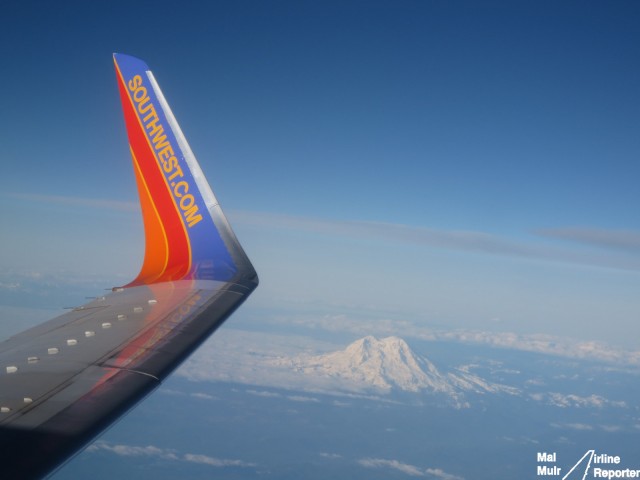
Passing Mt Rainier on-board a Southwest Airlines 737.
When I wanted to get between Seattle (SEA) and San Jose (SJC) via a direct flight, I didn’t have too many choices. I could have either flown on Alaska or Southwest Airlines. Since I had never flown Southwest before, I decided to give it a try and tick a new airline off my list.
The whole experience began the day before my flight when it was time to check in. I had read a few guides (although not the one written by the founder of this very website — oops) on how to deal with a Southwest flight.
Southwest, unlike any airline I had ever flown before, does not assign seating — it is a ’œFree for all’. Your ticket simply lists your boarding group (A, B or C) and a number which is your place in line. When you get on-board you are free to sit wherever you want.
The first 15 in the A group are reserved for Southwest’s frequent flyers or ’œA listers’. Some fare classes and those who pay for automatic early check-in [aka EarlyBird] snag the majority of the A group. The first 60 guests get the A group, the next 60 get B and whatever is leftover gets C. You obviously don’t want to be in the C group, if you don’t like middle seats. I luckily scored an A group ticket — game on.
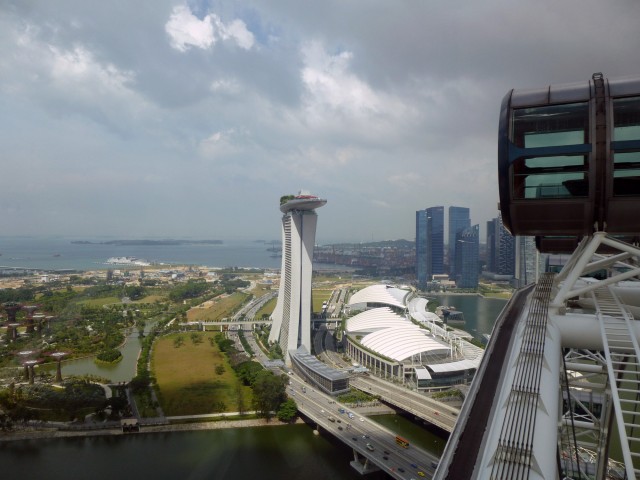
A view from the Singapore Flyer. Photo by Blaine Nickeson.
INTRODUCTION
Maybe it’s not to the extent of the regular contributors to this site, but I’m an #AvGeek. I love planes, airlines, and miles. But given my busy career, two toddlers, and a wife who thinks I’m crazy, I don’t get to participate in nearly as many adventures as I would like. My wife’s come a long way in supporting my habit; I think it may have had something to do with flying her to Europe this spring in Lufthansa First Class on miles. Maybe that helped lead to the amazing adventure I had recently.
I live in Denver, and I fly United Airlines (UA). There has been lots of local media coverage about the introduction of UA’s DEN-NRT flight, operated by the 787 Dreamliner, which started on June 10th (unfortunately that flight had an issue after having to divert back to Seattle).
This is a big deal for DEN, not so much because of the Dreamliner, but rather it’s our first nonstop to Asia. A few weeks ago my wife casually opened a can of worms, stating, ’œI looked at booking you on that Dreamliner flight for Father’s Day, but it was just too expensive. I know you really want to fly on a 787, and also need to re-qualify for your status-thingy.’ I, of course, sprung in to action trying to take advantage of this moment that was sure to be fleeting.
Long story short, I scored a ride on the (re)inaugural ANA 787 Dreamliner flight from San Jose (SJC) to Narita (NRT). To make the ticket cheaper (this logic fails me) I continued on to Singapore. Final routing was 19,000 miles; DEN-SJC-NRT-SIN-HKG-SFO-DEN, or about 39 hours in the air during a 77 hour period. Yes, I’m crazy, but it was worth it.
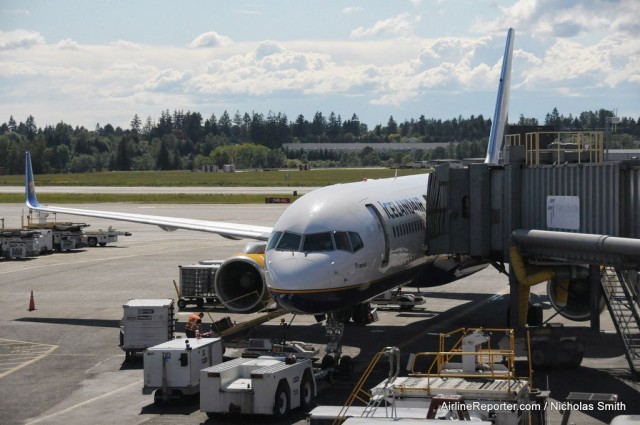
Icelandair Boeing 757 in Seattle (SEA).
On May 16th, 2013, Icelandair flew its inaugural flight from Anchorage (ANC) to Keflavàk (KEF) in Iceland. I was not able to swing a trip up to ANC for the festivities, but I was able to take their flight from Seattle (SEA) and join in with the celebration in Iceland. This is my review of flying Icelandair to Iceland and back. Notice: Icelandair covered my trip to/from Iceland. All opinions are my own.
I have flown internationally before and the standard international travel excitement led me to show up way too early. I arrived at noon and still had thirty minutes until Icelandair’s ticket counter opened. Since the airline doesn’t fly every few minutes, they don’t staff their counters at all hours of the day and night — which makes sense. I tend to forget this since I mainly travel with larger carriers and have little problem getting to the airport super early.
Promptly at noon, an Icelandair ticket agent had the place running, checked in my bag, and had me on my way. They recently adopted online check-in and ticketing and it worked perfectly. No paper, no fuss.
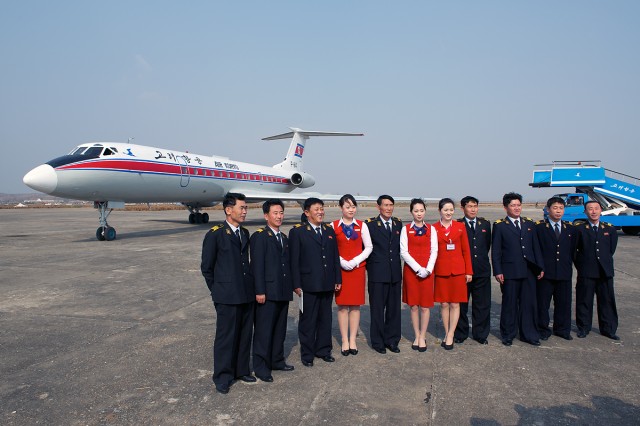
Air Koryo Tupolev TU-134 (P-814) with crew.
Read Bernie’s other Russian Metal reports of the Ilyushin IL-62 and the Ilyushin IL-18.
Andrei Tupolev was an engineering hero. When he saw that the Tu-124’s wingroot engines were sub-optimal for unpaved airfields and difficult to maintain, he decided to change it and create what would be the most prolific regional jet of the Warsaw Pact: the Tupolev Tu-134.
With most of the Russian airlines having replaced their Tu-134 with Canadair Regional Jets, once again- Air Koryo (airline code: JS) is your best bet to catch a ride. Flights within Democratic People’s Republic of Korea (DPRK) are always challenging to arrange. Not only do you need permission from the landing and departing airport, you also need permission to overfly every province and air defense district.
It turns out that ’œflying on a vintage Russian aircraft’ is not enough to satisfy the DPRK bureaucracy. As such, the tour guides always needed a more conventional ’œtouristy’ reason for the flights to be conducted for approvals to be granted quickly. On top of that, the guides had to be granted permission to leave Pyongyang months in advance.
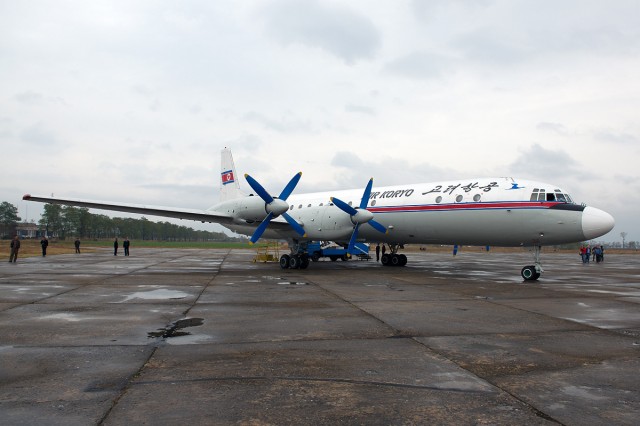
An Air Koryo Ilyushin IL-18. Photo by Bernie Leighton.
I was lucky enough recently to visit the Democratic People’s Republic of Korea (DPRK). In retrospect, I went to DPRK for this aircraft. It is such a wonderful aircraft that I periodically investigate how to buy one. That plane would be the Ilyushin IL-18.
Modern aircraft, even modern turboprops, have one glaring flaw. They are not loud enough.
While I love the first and business products aboard A380s, one person snoring can ruin the entire flight. I admit most people probably are not like me and don’t consider the risk of permanent hearing damage to be something they’d want out of a regular passenger transport flight. I will, forever, consider them wrong.




